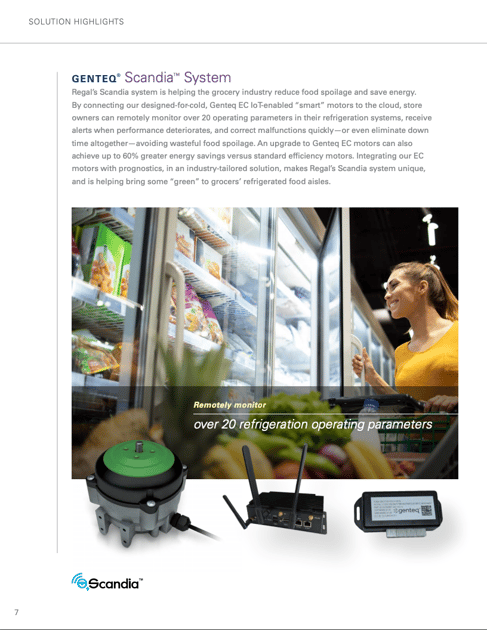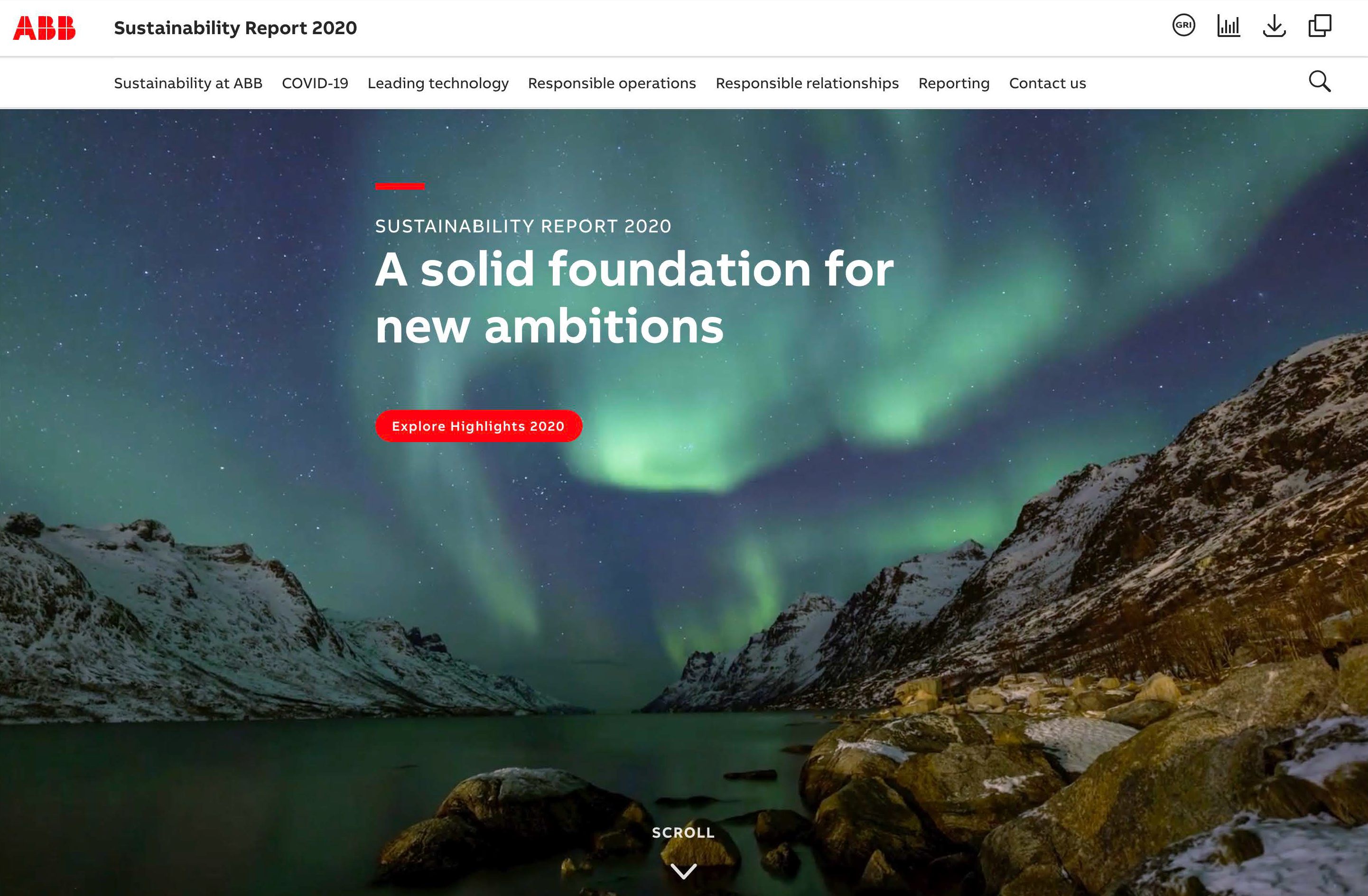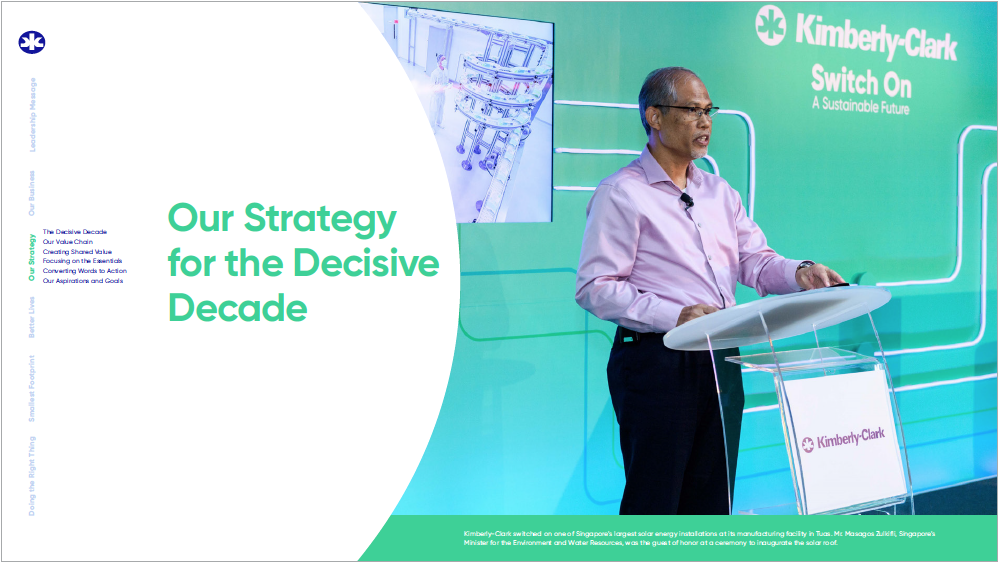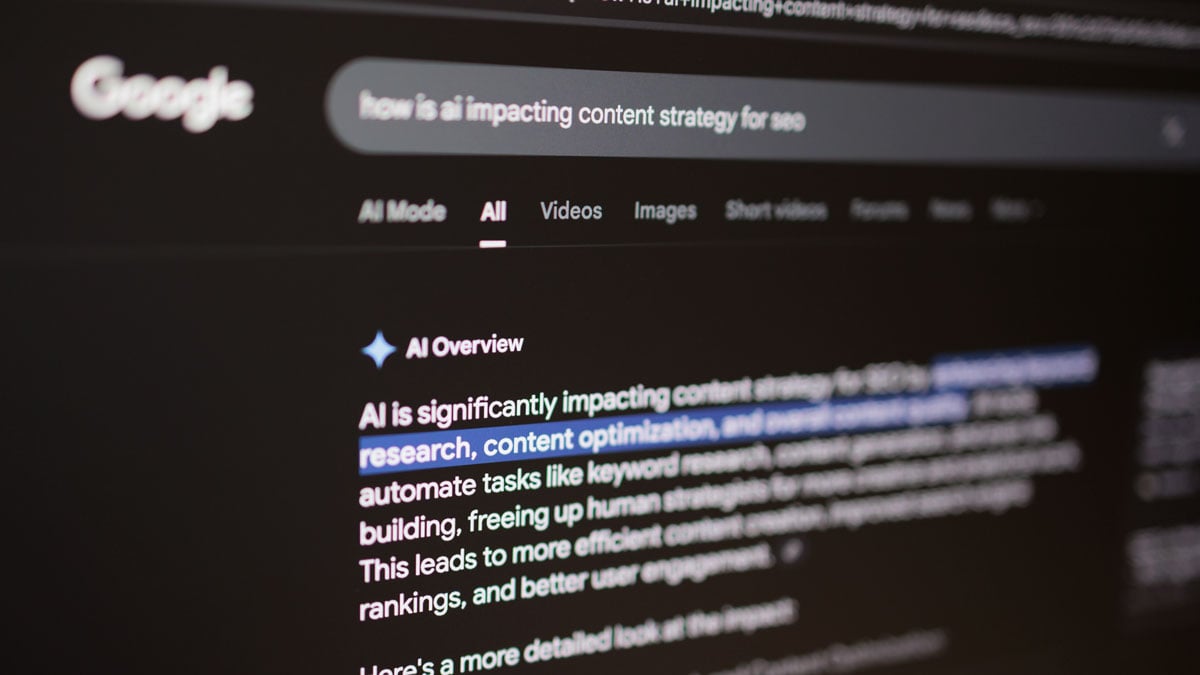Watch for these corporate reporting changes in the coming years

January 30, 2025
 Expectations for the role of a company are changing. The digital world has magnified how businesses respond to today’s social and environmental issues, and boards are feeling increased pressure from stakeholders and customers to be a public voice and provide transparency into operations. Reports need to give stakeholders and employees confidence in where the company is headed, providing transparency into the “why” behind decision-making.
Expectations for the role of a company are changing. The digital world has magnified how businesses respond to today’s social and environmental issues, and boards are feeling increased pressure from stakeholders and customers to be a public voice and provide transparency into operations. Reports need to give stakeholders and employees confidence in where the company is headed, providing transparency into the “why” behind decision-making.
As brands navigate all of these challenges, the approach to corporate reporting is evolving in order to communicate company goals, progress, purpose, and culture effectively. Based on today’s trends, here’s what you can expect.
What your company stands for needs to be clear and authentic.
Stakeholders want to see brands genuinely care about today’s social and environmental causes and are taking quantifiable steps towards a better future. That includes defining or evolving brand purpose, mission and culture to reflect customers’ values—and in a way that is sustainable. Any goal or promise made needs to be seen through to completion, as the public has proved their persistence in holding a company accountable.
Buyer habits changed dramatically in 2020 as the acceleration of digitalization put brand commitments to the test. In a GWI 2021 report, consumers were asked what they wanted most from brands. “Supporting people during COVID” (56%) and “being eco-friendly” (51%) rose to the top, surpassing “product quality” (49%) and “discounts” (49%)—pointing towards certain changes for corporate responsibility.
With competitors simply a click away, true differentiation needs to be shown at the brand level. As boards are being held more accountable to provide sustainability disclosure by stakeholders, a large amount of corporate reporting focus is being put on ESG reports. The rising popularity of these reports is leading to a convergence of sustainability reporting standards. In 2021, the IIRC and SASB merged, announcing it as a “major step towards simplifying the corporate reporting system” and other organizations involved in authoring standards, including GRI, followed suit.
Altogether, corporate reporting has become much more than a compliance exercise. Highlighting social and environmental initiatives, stories, and case studies is how brands differentiate themselves and build and maintain a loyal customer base.

Regal partnered with MZ to design an impactful 2020 Sustainability Report that features solution highlights, showing how its products help industries save energy and reduce waste.
Online formats are opening up data analytics possibilities.
Having a digital report or micro-site instead of (or as a supplement to) a print or PDF is growing in popularity since online formats provide many more capabilities. Besides having a responsive design and interactive graphics and videos, you can get valuable data analytics into what people are reading.
Which sections get the least and the most amount of attention? Is there content that often drives users to other areas of your site? Finding out what your audience is most interested in and what actions they take based on what they read is very valuable.
Many companies are also taking a look at what content can be put on their website in order to reduce what’s included in the actual report—making it more concise and easier to produce. And linking to your website from the report drives web traffic and encourages viewers to learn more about your company.
ABB, a global technology company, released an online version of its report to provide a more engaging and interactive user experience. Pages feature videos, interactive graphics and more. By having both an online presence and downloadable report, they’re able to provide viewers the experience they prefer, all while tracking valuable analytics.

Menu navigation provides a smooth user experience. Users also have the option to download a PDF of the report in the top right corner.
An interactive PDF has become the expectation.
The PDF certainly won’t be going away. Most companies that put everything online have a PDF version available too, as it's still the most popular and expected format. What has changed is PDF functionality. Including a linked Table of Contents and navigable menu on each page is becoming common practice since it’s much more user-friendly. This change has also driven the transition to a horizontal layout, versus the typical one-page vertical, for a more integrated and attractive presentation.
Including links to internal and external content is also a great way to drive interaction. Whether a hyperlink or QR code, encourage viewers to take action and learn more about what your company is up to. Social share buttons on pages with powerful case studies or social impact stories are a simple and smart tactic for gaining exposure on popular media channels.
Appearing genuine is critical as more and more companies will be producing this type of content. Including images of your own staff, events, programs, and facilities instead of stock photography will go a long way to proving your efforts are authentic.

The Kimberly-Clark 2019 Sustainability Report features a clean and attractive landscape page design. With navigation on the left of each page, users can easily browse through content.
It’s time to embrace new best practices.
Corporate reporting standards and best practices will continue to evolve. Regardless of whether a report is an online version or not, optimizing the user experience and pairing the power of stories with metrics proves your company’s purpose is aligned with its audience to build confidence in your brand.





